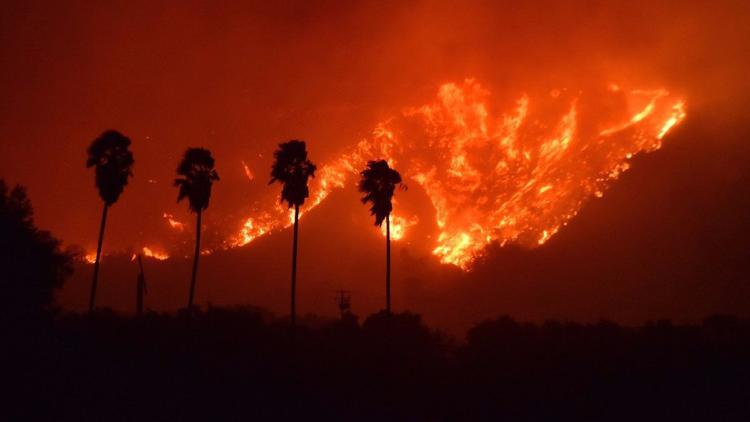Developments in the Transmission and Distribution industry

In the last decade, with large scale
deployment of renewable energy, there has been a big shift and push for a
change in the way consumers get their electricity. From the early days of the
industry, a model developed whereby electricity was centrally generated in
large power plants spread out in a handful of locations generally set away from
the population.
In the 60s and 70s nuclear energy saw rapid
expansion as did our need to consume energy. It’s no surprise that the largest
power plants in the world are nuclear power plants. With these large new plants
a need arose for major investment in infrastructure to bring the electricity
generated at these plants to the end users.
With incidents in the 70s, 80s, and 2010s,
the focus has shifted away from nuclear in favour of especially wind and solar.
A single wind turbine or solar panel cannot replace a nuclear reactor. The
amount of land and space needed for large-scale wind and solar also is a
magnitude greater than the footprint of conventional thermal power plants.
To integrate wind and solar energy into the
network requires a shift in thinking. One cannot simply connect a wind turbine
or solar panel to the grid in a similar fashion as a conventional power plant.
For one, wind and solar are not on-demand and their generation capacity is
reliant on the weather.
For these reasons, new technology has been
created in parallel with the development of wind and solar electricity
generation to allow these sources of energy to function on the grid. We will
not see a shift away from the centralized model of electricity generation to a
fully distributed generation model; however, the Transmission and Distributionnetworks will be the vital link between the two power sources and delivering
electricity to the consumer.



Comments
Post a Comment